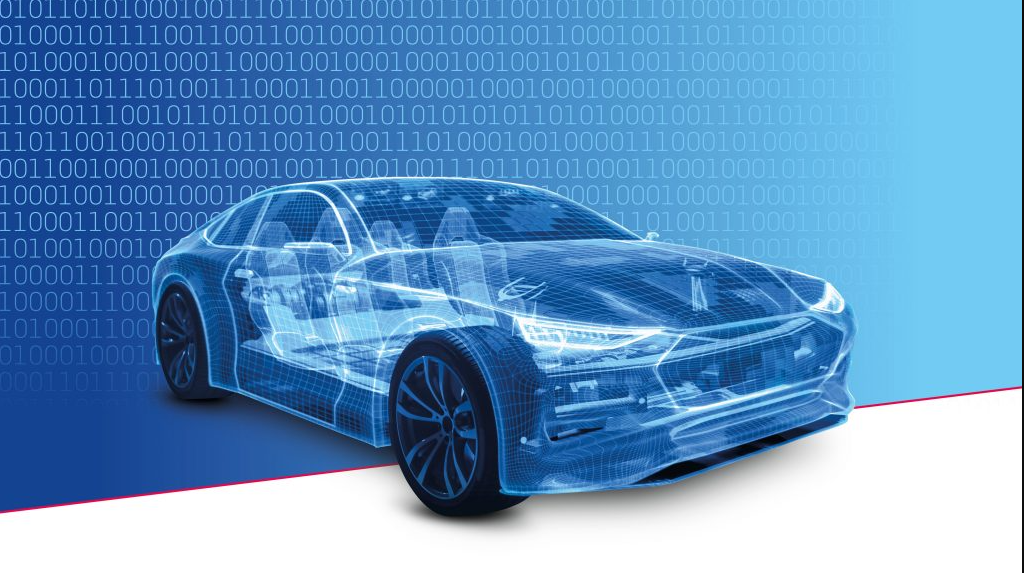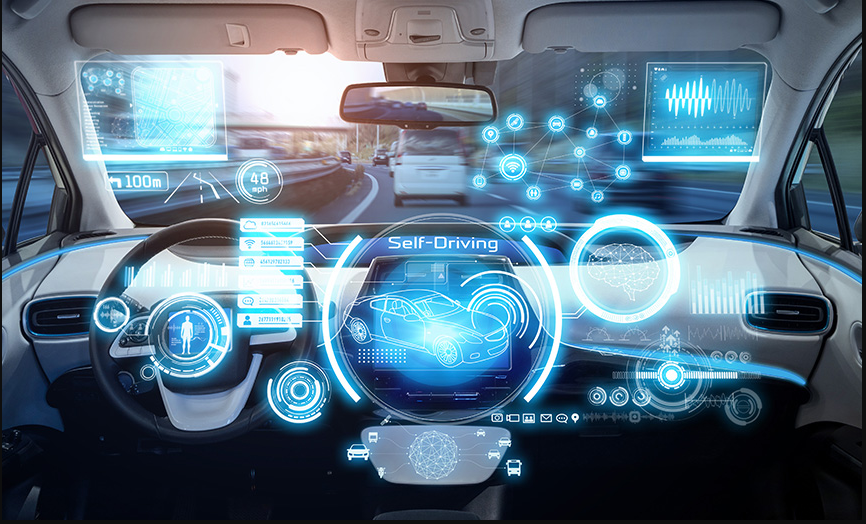How Autonomous Driving Technology is Shaping the Automotive Industry
A future concept no longer, self-driving car technology is rapidly becoming reality and profoundly influences the automotive industry.Self-driving vehicles development and installation will revolutionize transportation, increasing safety, efficiency and comfort for people in all walks of life.By the autonomous driving technology is remapping the landscape of the motor industry–an analysis that identifies key changes occurring with this new technology, its benefits and challenges, as well as future directions.
Advances in Autonomous Driving TechnologyAutonomy relies on a combination of hardware and software algorithms to realize automated road transport.Changes have included: The use of arrays for sensors; LiDAR (Light Detection and Ranging), radar, ultrasonic sensors, high-definition cameras—that together give modern autonomous vehicles all-round image quality and resolution. These devices show the vehicle’s environment in three dimensions; they detect in real time obstacles, road conditions other vehicles and offer data for later analysis in a court of law.
Artificial Intelligence (AI) and Machine Learning: AI and machine learning algorithms lie at the heart of autonomous driving technology. These systems process huge amounts of data from sensors, making decisions such as lane changes or braking and acceleration. Continuous learning and adaptation leads to better performance over time for the vehicle ion which they are used.
HD MappingMostly, self-driving vehicles now depend on precise maps that contain detailed data about road layout and other features, such as traffic signals. HD mapping ensures that navigation is accurate– it allows the vehicle to predict and respond in various driving scenarios.Connectivity and V2X communicationVehicle-to-Everything(V2X) communications mean that autonomous vehicles can interact not only with other vehicles inanimate infrastructure features like road signs and traffic lights but also persons or animals up ahead on foot or riding bicycles.
This sort of connectivity increases over-all situational awareness and enables agile maneuvering, so it increases not only safety but also efficiency quite dramatically.Benefits of Autonomous Driving TechnologyIf the automotive industry successfully deploys autonomous driving technology, several benefits are possible.
1. More Safety : Biggest single cause of traffic accidents is human error. Many such mistakes are just as well made by a robot–automobiles can rely on their exact sensors and programmed algorithm to save them from mishap. A car’s emergency systems, such as self-steering brakes for automatic collision avoidance and adaptive cruise control if you get within close range of the vehicle ahead, will put it back on track when things go wrong–assistants who watch out for crashes rather than their owners. Now that everyone can live at ease we should expect our highways flourishing with all kinds of private cars!
2. Increasing Efficiency: Autonomous vehicles can get guidance on more efficient ways to go and avoid traffic areas. Today’s model, cars still rely on human effort beyond the point of getting around such things as midnight crowds. Exotic concepts like self-driving vehicles won’t be adopted widely for decades due to all human work required in them; even so there could be benefits from placing facilities near people rather than on distant industrial estates cluttering up our countryside landscapes. Ultimately we want each person living within easy reach of things needed every day, which saves him time and money as well but also benefits the environment past its own limits–a goal worth striving after!
3. Freedom and Comfort: Autonomous driving technology holds the promise of greater freedom for those who can’t drive, such as senior citizens and the disabled. It also creates better travel experiences when passengers are sitting in self-driving vehicles; they can now turn their attention to reading e-mails or telephoning during that empty hour after lunch on Fridays, so convenient!
4. Environmental Advantages: Autonomous vehicles curtail this wasteful practice. They travel according to optimal pattern, which in much of the world means avoiding rush hours whenever possible. Of course there are still cars on packed city streets, but in many countries certain hours now when traffic flows more smoothly and with less exhaust pollution than at others—-by law an opportunity for everyone to reduce his individual vehicle’s contribution toward global warming just by driving during these happy times.
5.Challenges and Considerations
Despite the positive aspects, autonomous driving technology still poses several challenges, which we must be aware of in order to make most use out of it:
1. Legal Frameworks and Regulation: Satisfying legal and ethical requirements will require that comprehensive regulatory guidelines be put in place for autonomous vehicles. This task extends everything from liability issues to privacy problems and even internet hacking and other attacks, which are especially relevant to the new technology.
2. Technical limitations: Although tremendous advances have been made, the technology of autonomous driving is still not perfect. All of the possible pitfalls–whether they be weather conditions adverse for human beings or complex urban environments and human actions difficult to predict–will continue demanding ongoing technological innovation and prolific growth into the future.
3.Autonomous driving technology now teeters on the brink of a new era of massive consumer adoption. The public has to be able to trust self-driving cars before they will use them. If consumers are educated about safety and advantages of this technology, as well provided with clear information regarding performance and limits but obeying traditional habits for driving cars-cars ~(such time off, only when sober) (Some remote on the map from Toulon. things will go more smoothly along the route to market for these autonomous vehicles.
4. Public Acceptance: Building public trust in autonomous vehicles is crucial for widespread adoption. Educating consumers about the safety and benefits of self-driving technology, as well as providing transparent information about its capabilities and limitations, will be key to gaining acceptance.
Future Prospects
The future of autonomous driving technology is promising, with several trends and developments on the horizon:
1. Improved AI and Machine Learning: Advances in AI and machine learning will enhance the decision-making capabilities of autonomous vehicles, enabling them to handle more complex driving scenarios with greater accuracy and reliability.
2. Expansion of Autonomous Services: Beyond personal transportation, autonomous technology is expected to revolutionize other sectors, such as logistics and public transit. Autonomous delivery vehicles and self-driving buses could improve efficiency and reduce costs in these industries.
3. Collaborative Development: Collaboration between automakers, technology companies, and regulatory bodies will accelerate the development and deployment of autonomous vehicles. Shared expertise and resources can address technological and regulatory challenges more effectively.
Conclusion
Autonomous driving technology is poised to reshape the automotive industry, offering significant benefits in terms of safety, efficiency, accessibility, and environmental sustainability. While challenges remain, ongoing advancements and collaborative efforts are paving the way for a future where self-driving vehicles are an integral part of our transportation ecosystem. As this technology continues to evolve, it holds the promise of transforming the way we move and interact with the world around us.










